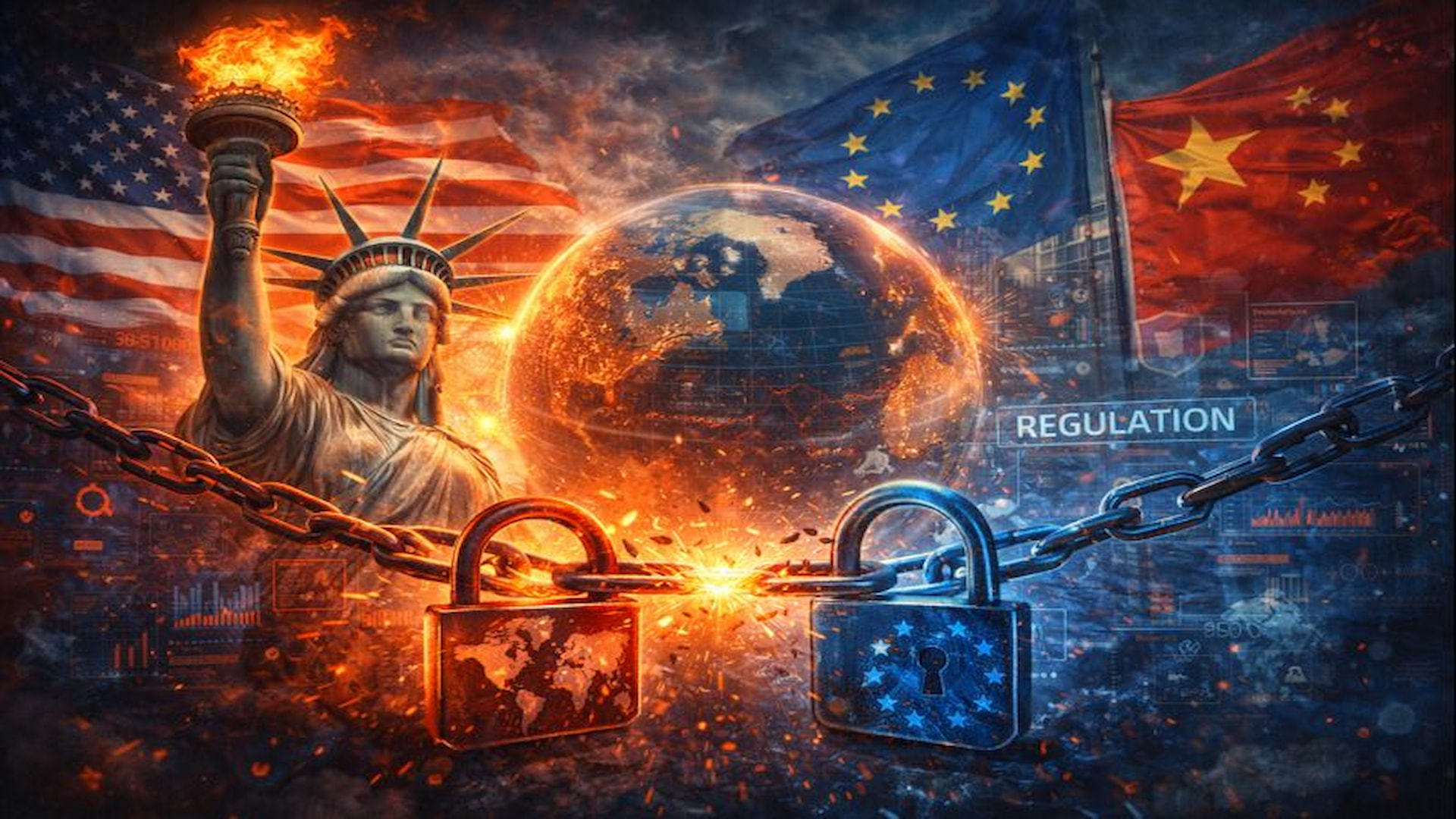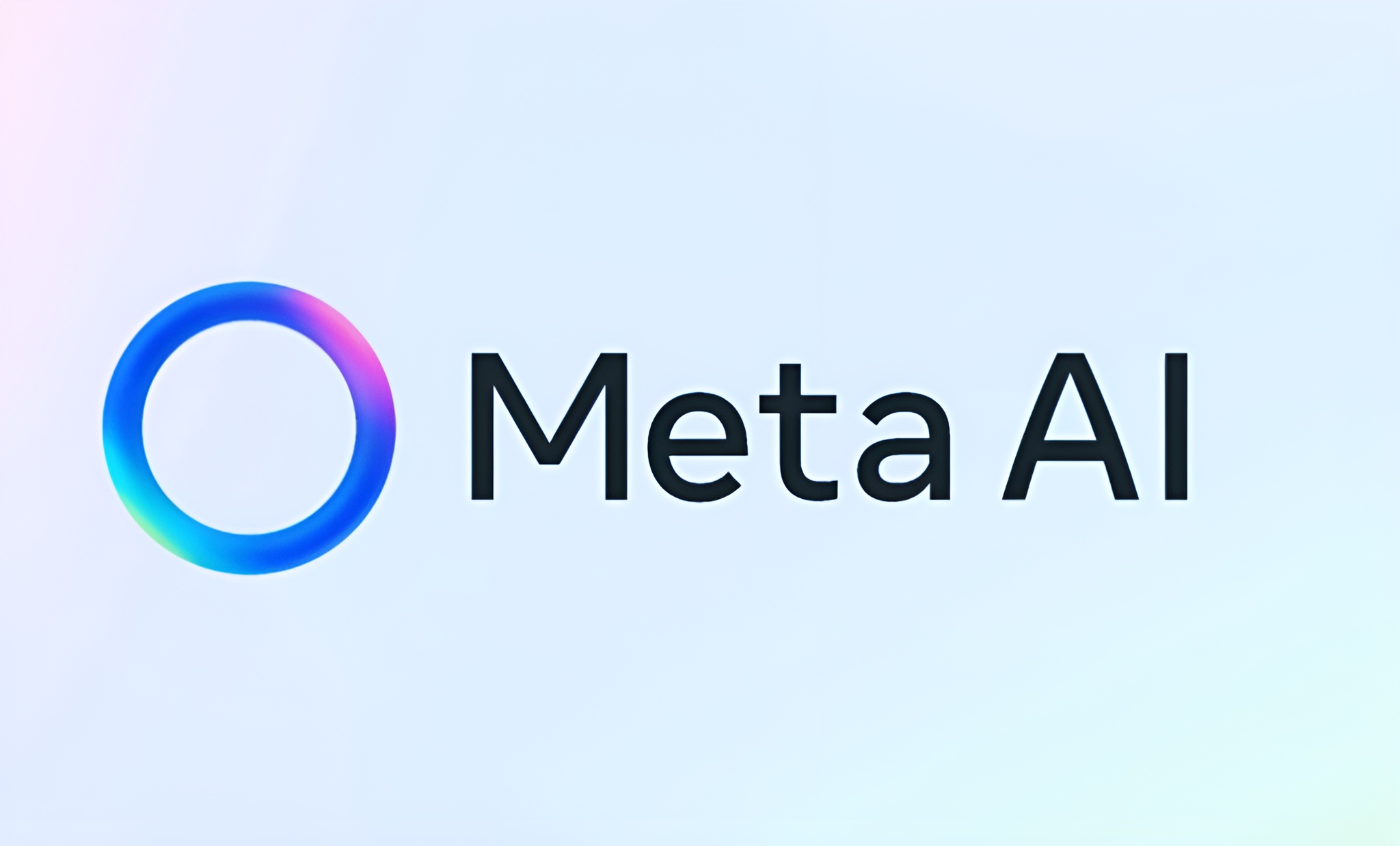
Video gaming has become one of Europe’s most prominent entertainment industries, surpassing a niche hobby, with over half the population regularly engaging in it.
As the sector grows, the EU lawmakers are increasingly worried about addictive game design and manipulative features that push players to spend more time and money online.
Much of the concern focuses on loot boxes, where players pay for random digital rewards that resemble gambling mechanics. Studies and parliamentary reports warn that children may be particularly vulnerable, with some lawmakers calling for outright bans on paid loot boxes and premium in-game currencies.
The European Commission is examining how far design choices contribute to digital addiction and whether games are exploiting behavioural weaknesses rather than offering fair entertainment.
Officials say the risk is higher for minors, who may not fully understand how engagement-driven systems are engineered.
The upcoming Digital Fairness Act aims to strengthen consumer protection across online services, rather than leaving families to navigate the risks alone. However, as negotiations continue, the debate over how tightly gaming should be regulated is only just beginning.
Would you like to learn more about AI, tech and digital diplomacy? If so, ask our Diplo chatbot!

Apple has paused previously announced plans for Texas after a federal judge blocked a new age-verification law for app stores. The company said it will continue to monitor the legal process while keeping certain developer tools available for testing.
The law, known as the App Store Accountability Act, would have required app stores to verify user ages and obtain parental consent for minors. It also mandated that age data be shared with app developers, a provision criticised by technology companies on privacy grounds.
A US judge halted enforcement of the law, citing First Amendment concerns, ahead of its planned January rollout. Texas officials said they intend to appeal the decision, signalling that the legal dispute is likely to continue.
Apple had announced new requirements to comply with the law, including mandatory Family Sharing for users under 18 and renewed parental consent following significant app updates. Those plans are now on hold following the ruling.
Apple said its age-assurance tools remain available globally, while reiterating concerns that broad data collection could undermine user privacy. Similar laws are expected to take effect in other US states next year.
Would you like to learn more about AI, tech, and digital diplomacy? If so, ask our Diplo chatbot!

The US administration is criticising foreign digital regulations affecting major online platforms while avoiding trade measures that could disrupt the US economy. Officials say the rules disproportionately impact American technology companies.
US officials have paused or cancelled trade discussions with the UK, the EU, and South Korea. Current negotiations are focused on rolling back digital taxes, privacy rules, and platform regulations that Washington views as unfair barriers to US firms.
US administration officials describe the moves as a negotiating tactic rather than an escalation toward tariffs. While trade investigations into digital practices have been raised as a possibility, officials have stressed that the goal remains a negotiated outcome rather than a renewed trade conflict.
Technology companies have pressed for firmer action, though some industry figures warn that aggressive retaliation could trigger a wider digital trade war. Officials acknowledge that prolonged disputes with major partners could ultimately harm both US firms and global markets.
Despite rhetorical escalation and targeted threats against European companies, the US administration has so far avoided dismantling existing trade agreements. Analysts say mounting pressure may soon force Washington to choose between compromise and more concrete enforcement measures.
Would you like to learn more about AI, tech, and digital diplomacy? If so, ask our Diplo chatbot!

The European Union’s new tax-reporting directive for crypto assets, known as DAC8, takes effect on 1 January. The rules require crypto-asset service providers, including exchanges and brokers, to report detailed user and transaction data to national tax authorities.
DAC8 aims to close gaps in crypto tax reporting, giving authorities visibility over holdings and transfers similar to that of bank accounts and securities. Data collected under the directive will be shared across EU member states, enabling a more coordinated approach to enforcement.
Crypto firms have until 1 July to ensure full compliance, including implementing reporting systems, customer due diligence procedures, and internal controls. After that deadline, non-compliance may result in penalties under national law.
For users, DAC8 strengthens enforcement powers. Authorities can act on tax avoidance or evasion with support from counterparts in other EU countries, including seizing or embargoing crypto assets held abroad.
The directive operates alongside the EU’s Markets in Crypto-Assets (MiCA) regulation, which focuses on licensing, customer protection, and market conduct, while DAC8 ensures the tax trail is monitored.
Would you like to learn more about AI, tech and digital diplomacy? If so, ask our Diplo chatbot!

The European Commission has welcomed Apple’s latest interoperability updates in iOS 26.3, crediting the Digital Markets Act for compelling the company to open its ecosystem.
The new features are currently in beta and allow third-party accessories to integrate more smoothly with iPhones and iPads, instead of favouring Apple’s own devices.
Proximity pairing will let headphones and other accessories connect through a simplified one-tap process, similar to AirPods. Notification forwarding to non-Apple wearables will also become available, although alerts can only be routed to one device at a time.
Apple is providing developers with the tools needed to support the features, which apply only within the EU.
The DMA classifies Apple as a gatekeeper and requires fairer access for rivals, with heavy financial penalties for non-compliance.
Apple has repeatedly warned that the rules risk undermining security and privacy, yet the company has already introduced DMA-driven changes such as allowing alternative app stores and opening NFC access.
Analysts expect the moves to reduce ecosystem lock-in and increase competition across the EU market. iOS 26.3 is expected to roll out fully across Europe from 2026 following the beta cycle, while further regulatory scrutiny may push Apple to extend interoperability even further.
Would you like to learn more about AI, tech and digital diplomacy? If so, ask our Diplo chatbot!

The Japan Fair Trade Commission (JFTC) announced it will investigate AI-based online search services over concerns that using news articles without permission could violate antitrust laws.
Authorities said such practices may amount to an abuse of a dominant bargaining position under Japan’s antimonopoly regulations.
The inquiry is expected to examine services from global tech firms, including Google, Microsoft, and OpenAI’s ChatGPT, as well as US startup Perplexity AI and Japanese company LY Corp. AI search tools summarise online content, including news articles, raising concerns about their effect on media revenue.
The Japan Newspaper Publishers and Editors Association warned AI summaries may reduce website traffic and media revenue. JFTC Secretary General Hiroo Iwanari said generative AI is evolving quickly, requiring careful review to keep up with technological change.
The investigation reflects growing global scrutiny of AI services and their interaction with content providers, with regulators increasingly assessing the balance between innovation and fair competition in digital markets.
Would you like to learn more about AI, tech and digital diplomacy? If so, ask our Diplo chatbot!

Many small businesses in the US are facing a sharp rise in cyber attacks, yet large numbers still try to manage the risk on their own.
A recent survey by Guardz found that more than four in ten SMBs have already experienced a cyber incident, while most owners believe the overall threat level is continuing to increase.
Rather than relying on specialist teams, over half of small businesses still leave critical cybersecurity tasks to untrained staff or the owner. Only a minority have a formal incident response plan created with a cybersecurity professional, and more than a quarter do not carry cyber insurance.
Phishing, ransomware and simple employee mistakes remain the most common dangers, with negligence seen as the biggest internal risk.
Recovery times are improving, with most affected firms able to return to normal operations quickly and very few suffering lasting damage.
However, many still fail to conduct routine security assessments, and outdated technology remains a widespread concern. Some SMBs are increasing cybersecurity budgets, yet a significant share still spend very little or do not know how much is being invested.
More small firms are now turning to managed service providers instead of trying to cope alone.
The findings suggest that preparation, professional support and clearly defined response plans can greatly improve resilience, helping organisations reduce disruption and maintain business continuity when an attack occurs.
Would you like to learn more about AI, tech and digital diplomacy? If so, ask our Diplo chatbot!

Italy’s competition authority has ordered Meta to halt restrictions limiting rival AI chatbots on WhatsApp. Regulators say the measures may distort competition as Meta integrates its own AI services.
The Italian watchdog argues Meta’s conduct risks restricting market access and slowing technical development. Officials warned that continued enforcement could cause lasting harm to competition and consumer choice.
Meta rejected the ruling and confirmed plans to appeal, calling the decision unfounded. The company stated that WhatsApp Business was never intended to serve as a distribution platform for AI services.
The case forms part of a broader European push to scrutinise dominant tech firms. Regulators are increasingly focused on the integration of AI across platforms with entrenched market power.
Would you like to learn more about AI, tech and digital diplomacy? If so, ask our Diplo chatbot!

A significant debate has erupted in South Korea after the National Assembly passed new legislation aimed at tackling so-called fake news.
The revised Information and Communications Network Act bans the circulation of false or fabricated information online. It allows courts to impose punitive damages up to five times the losses suffered when media outlets or YouTubers intentionally spread disinformation for unjust profit.
Journalists, unions and academics warn that the law could undermine freedom of expression and weaken journalism’s watchdog function instead of strengthening public trust.
Critics argue that ambiguity over who decides what constitutes fake news could shift judgement away from the courts and toward regulators or platforms, encouraging self-censorship and increasing the risk of abusive lawsuits by influential figures.
Experts also highlight the lack of strong safeguards in South Korea against malicious litigation compared with the US, where plaintiffs must prove fault by journalists.
The controversy reflects more profound public scepticism about South Korean media and long-standing reporting practices that sometimes rely on relaying statements without sufficient verification, suggesting that structural reform may be needed instead of rapid, punitive legislation.
Would you like to learn more about AI, tech and digital diplomacy? If so, ask our Diplo chatbot!

Fraudulent investment platform Nomani has surged, spreading from Facebook to YouTube. ESET blocked tens of thousands of malicious links this year, mainly in Czech Republic, Japan, Slovakia, Spain, and Poland.
The scam utilises AI-generated videos, branded posts, and social media advertisements to lure victims into fake investments that promise high returns. Criminals then request extra fees or sensitive personal data, and often attempt a secondary scam posing as Europol or INTERPOL.
Recent improvements make Nomani’s AI videos more realistic, using trending news or public figures to appear credible. Campaigns run briefly and misuse social media forms and surveys to harvest information while avoiding detection.
Despite overall growth, detections fell 37% in the second half of 2025, suggesting that scammers are adapting to more stringent law enforcement measures. Meta’s ad platforms earned billions from scams, demonstrating the global reach of Nomani fraud.
Would you like to learn more about AI, tech and digital diplomacy? If so, ask our Diplo chatbot!










